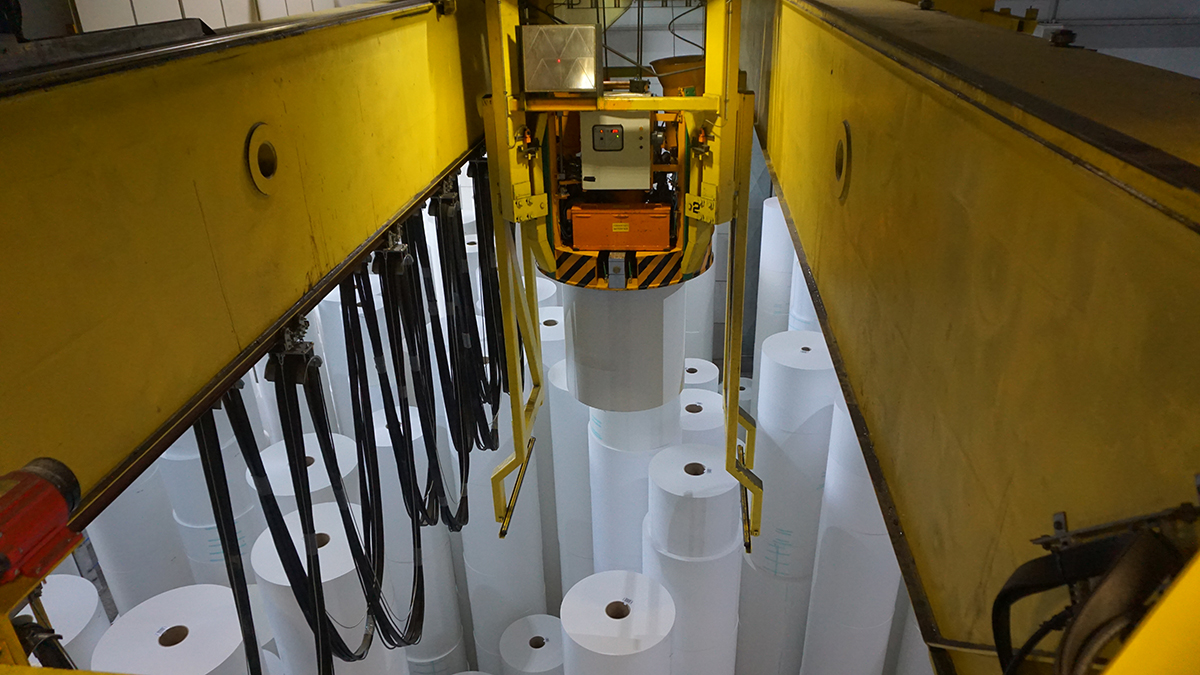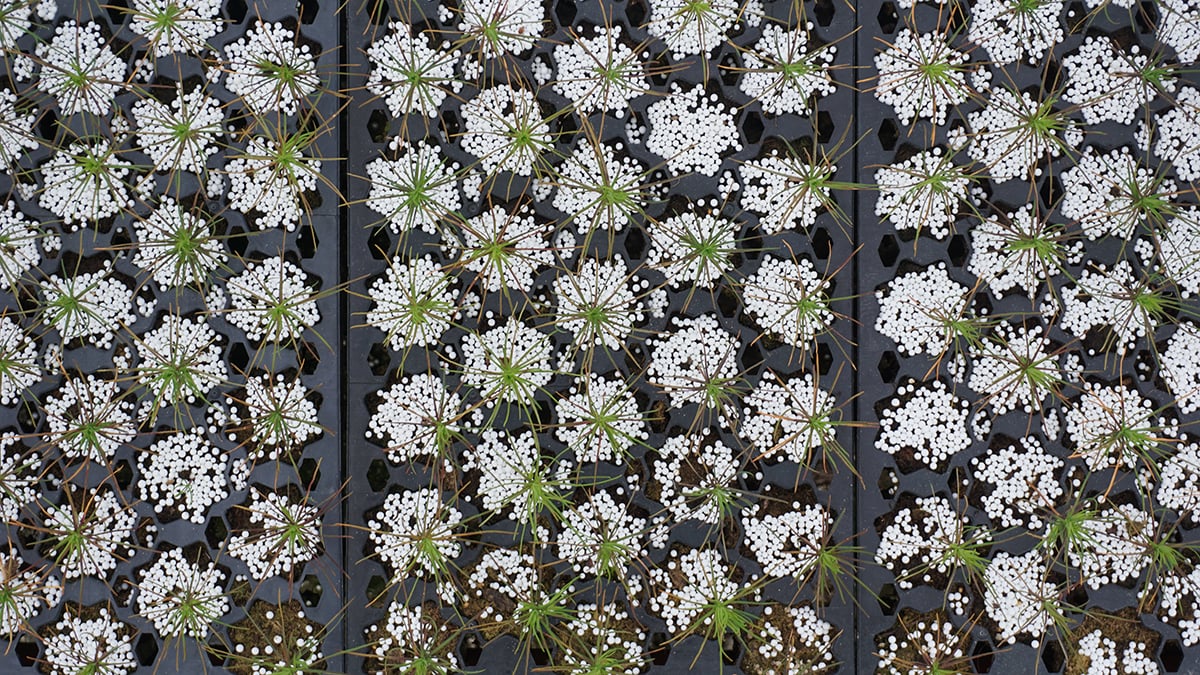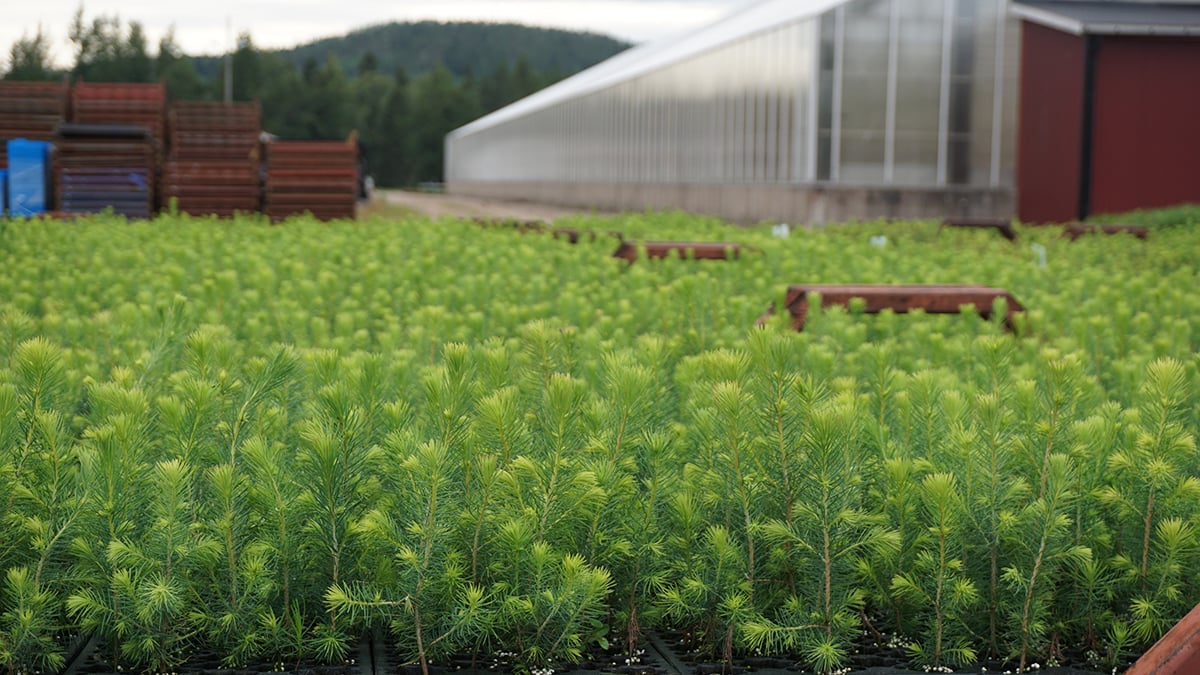A Designer's Journey in Paper: Part 3
November 22, 2016 at 4:31 PM

Last spring, when our paper representative forwarded us the information about the Iggesund Design Experience in Sweden I was immediately intrigued. Coincidentally, my younger sister was already planning on moving to Stockholm for grad school so when I received an email from Iggesund inviting me, along with 23 other designers and paper engineers to visit their paper mill (just 3 hours north of Stockholm), I was ecstatic.
While visiting Iggesund I learned a lot�about the paperboard they produce, sustainable practices they use and the careful way they manage their forests. Prior to this trip, as mentioned in part 1 and part 2 of this series, I became intent on learning more about paper. Just when I thought I was getting a good grasp on the substrate, I realized I knew next to nothing about paperboard.

So What is the Difference Between Paper and Paperboard?
The primary difference is that paperboard is heavier than what most paper weight regulations allow. But when it comes down to process, materials and machinery used, paper and board are basically the same. The main differences, according to the Iggesund standards are that:
- Paperboard contains a greater proportion of long fiber than paper does
- Paperboard does not normally contain fillers
Iggesund produces virgin fiber-based paperboard with a "multi-ply construction" (meaning, consisting of many layers), which allows for further manipulation and optimization of fibers during the board-making process. Not all fibers are alike, however. Fibers vary, depending upon:
- Percentage of long versus short fibers in the respective plies
- Type of pulping method
- Treatment of pulp to improve strength or bulk quality
Iggesund's board is ideal for projects that require a sturdy material capable of withstanding more wear-and-tear than what your average print job requires. It is ideal for packaging food, beverages, beauty products and confectionery (candy, chocolate bars, etc.); it converts beautifully into folders, cards, or labels and tags. Because it is made from virgin fibers, consumer products are protected from physical hazards in distribution, storage and handling, as well as the preservation of flavor and aroma. When used to its maximum potential, its multi-ply construction prevents tension after folding which significantly reduces cracking. For more extensive information on the benefits of using virgin fibers, visit the Iggesund website.

The Case Against Recycled Paper
I grew up with "the Three Rs" of sustainability: reduce, reuse and recycle. The act of "being green" has always been a big part of my life. So naturally, whenever I see a product promoting that it has been made from a certain percentage of post-consumer materials, I am happy. Not until I visited Iggesund did I realize that there is a time and place for using recycled products, and sometimes that place is not in packaging.
In their document published last year, "Facts & Trends: Fresh & Recycled Fiber Complementarity," the World Business Council for Sustainable Development states the facts: recycled fiber would not exist if fresh (or virgin) fiber were not harvested. It makes sense, and yet I hadn't thought of that before.
When you use recycled paper products in packaging, you run the risk of your product being exposed to whatever those recycled fibers protected before. Using virgin fibers�or recycled while still at the mill�eliminates that risk and produces the fibers that will (hopefully) one day return to production through recycling.

Post-Consumer Recycled vs. Sustainable
Another important lesson I learned while visiting Iggesund was the difference between post-consumer recycled products and sustainable products. To me, the two always went hand-in-hand. However, I learned that when it comes to making paperboard, you can still be sustainable without making a post-consumer recycled product.
Although Iggesund regularly cuts down trees for the production of their board, fear not: for every tree they cut down, four more are planted in their place. This is another concept that was new to me: sustainable forest management. Each year, Iggesund harvests 30,000,000 seedlings to replant once they have matured enough to survive life in the forest. This is just one of the many sustainable practices used by Iggesund to ensure they are doing everything they can to be self-sufficient with their resources. The care taken to grow the seedlings into baby trees and eventually plant them is outstanding. The farmers who plant those baby trees will most likely never see them mature enough to be cut down because they must give them enough time to grow. One of my favorite experiences of the trip was visiting the forest and nursery where these seedlings grow. I felt reassured and hopeful to see the importance given to replenishing the forests.

Informed Choices
Although my trip to Sweden was short, I learned so much about paperboard and the care given in the production of these Swedish brands. I am also happy to know that North American forest farmers are using the same care and sustainable practices. I hope the information I brought back will educate and excite others to continue using paper and/or paperboard for their marketing needs.
I am looking forward to continuing my education here at home and making better, more informed paper choices for our clients. This may be the end of my paper blogging for now, but certainly isn't the end of my journey in learning more about paper.
Visit the Iggesund website to read more about Jessica's and other designers' experiences.
Comments
Questions or comments? Join the conversation!